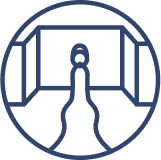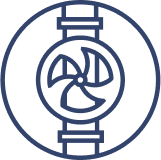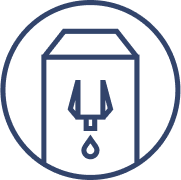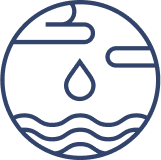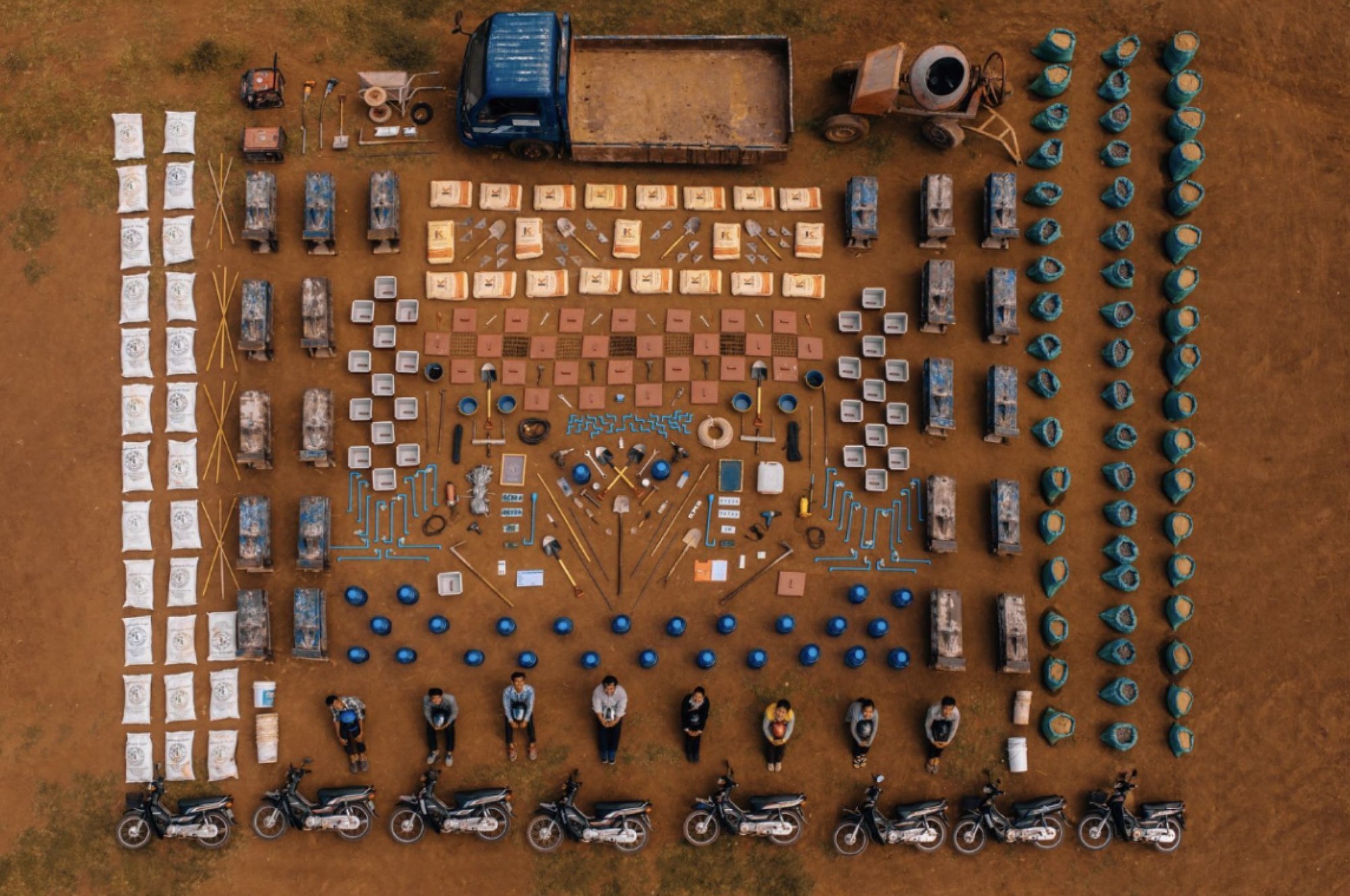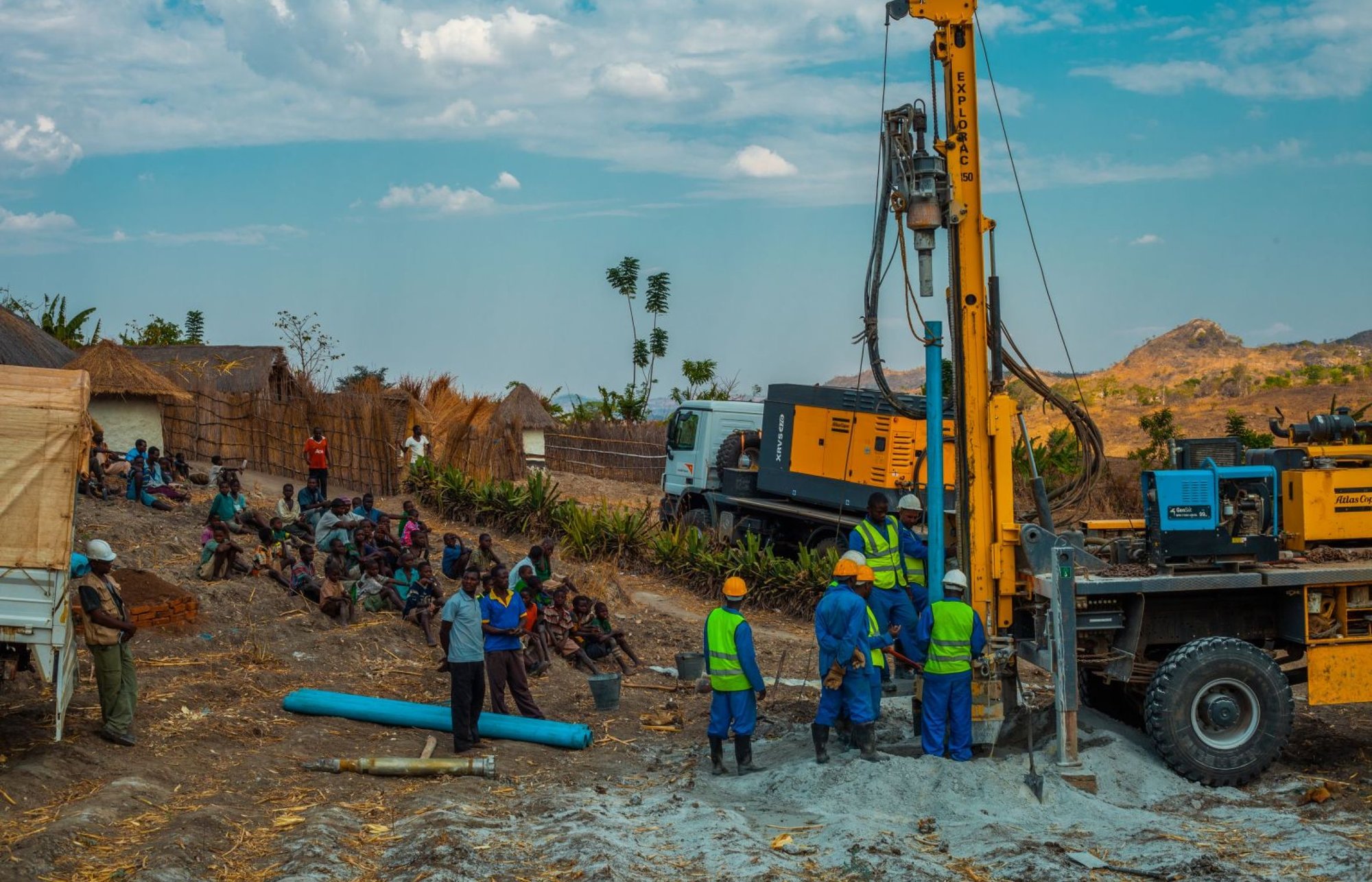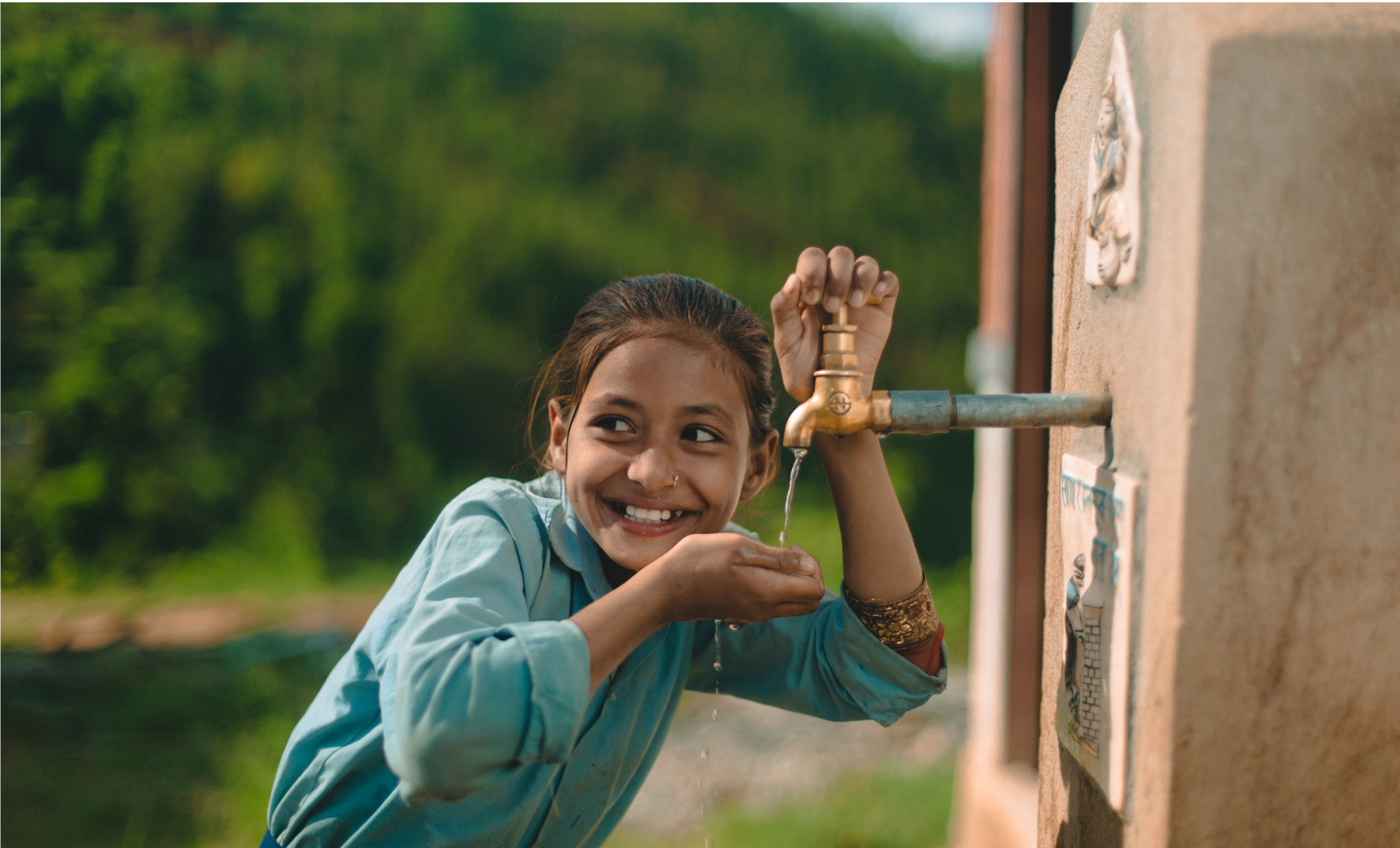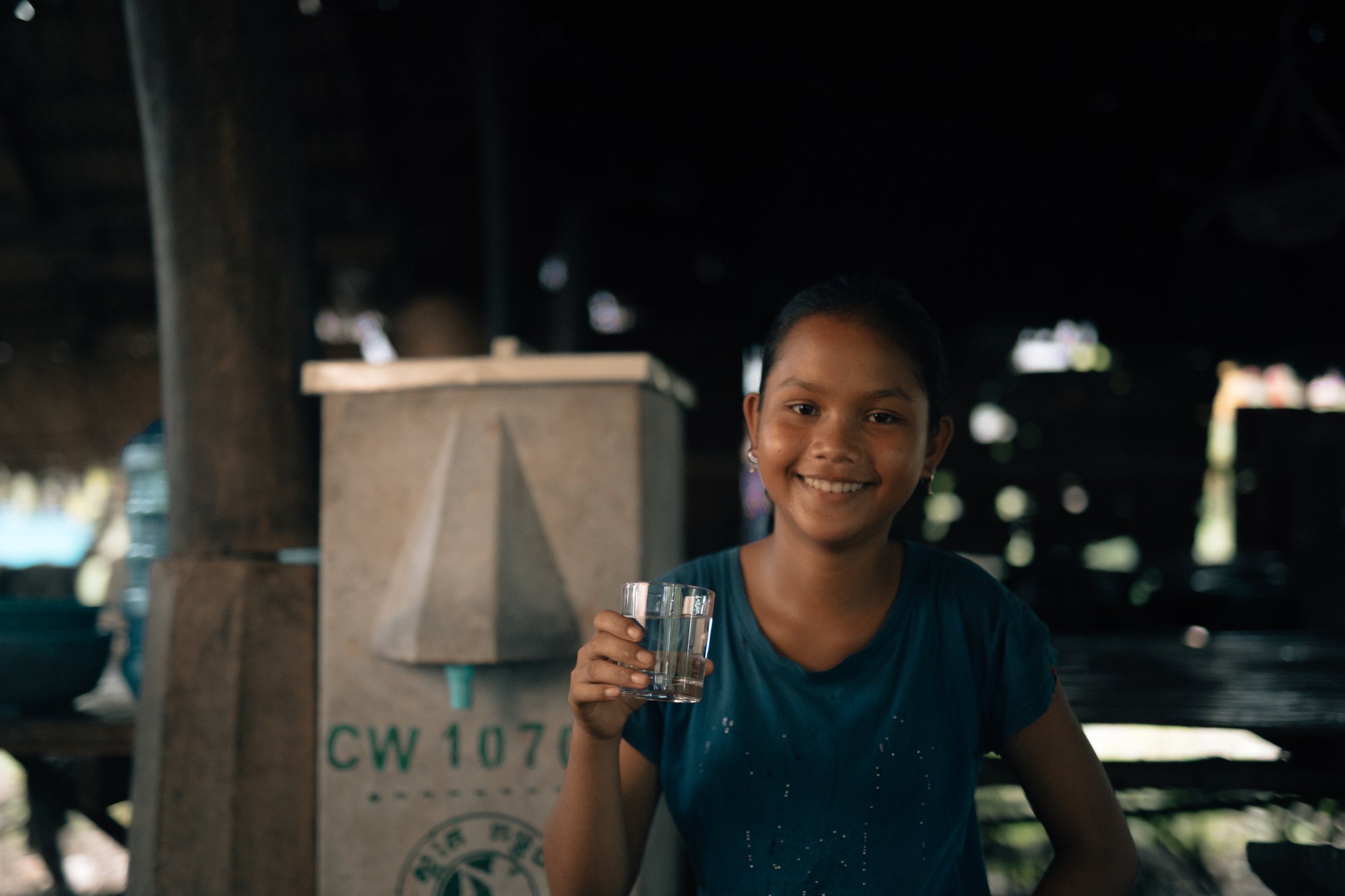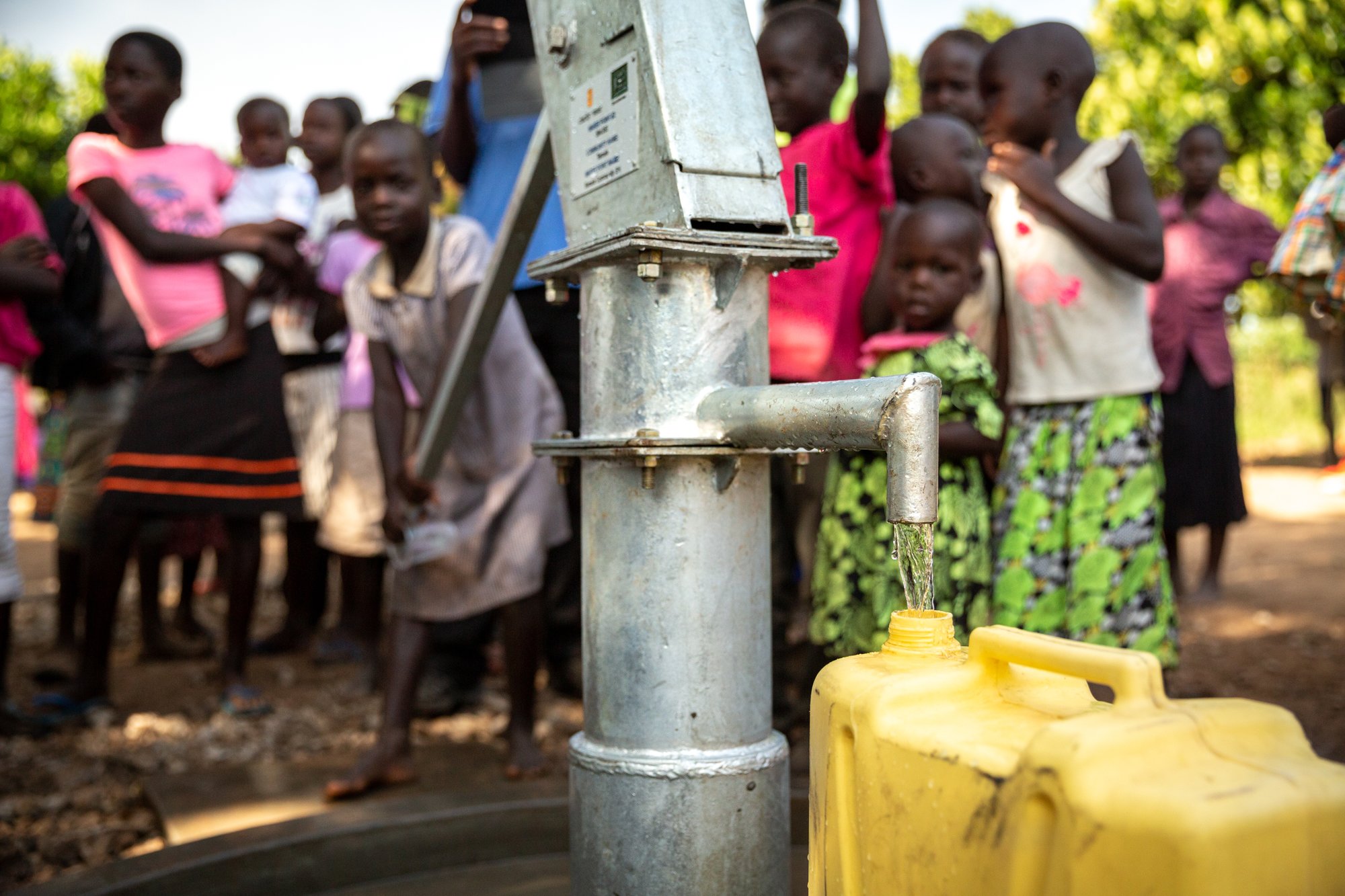Give by December 31st
Water Project Sponsorship
When you sponsor a water project, you don't just fund construction. You empower our expert local partners to do their best work, unlocking health, education, and opportunity for generations to come.
This December, we're ready to bring that change to 50,000 people. We just need your help. Sponsor a project today, and 100% of your gift will fund clean, safe water — and all the good that comes with it.


How sponsoring a project works
While building a water project is no simple task, we think sponsoring one should be. Here are three steps you can expect:

We send your gift where it’s needed most
After you donate, we allocate 100% of your gift to clean water projects. We’ve funded projects in 29 countries around the world.

We share on-the-ground updates
While work is underway, we’ll share updates from The Current, a news feed of inspiring stories and progress reports from our local partners.

You see your impact within 12 months
Once construction is complete, we'll share your customized Impact Report, which will include project photos, GPS coordinates, and specific information about the difference you've made.
A tailored approach
No two communities are the same, and neither are their water solutions. That’s why our local partners carefully consider factors like geography, water availability, and culture before proposing the right solution.
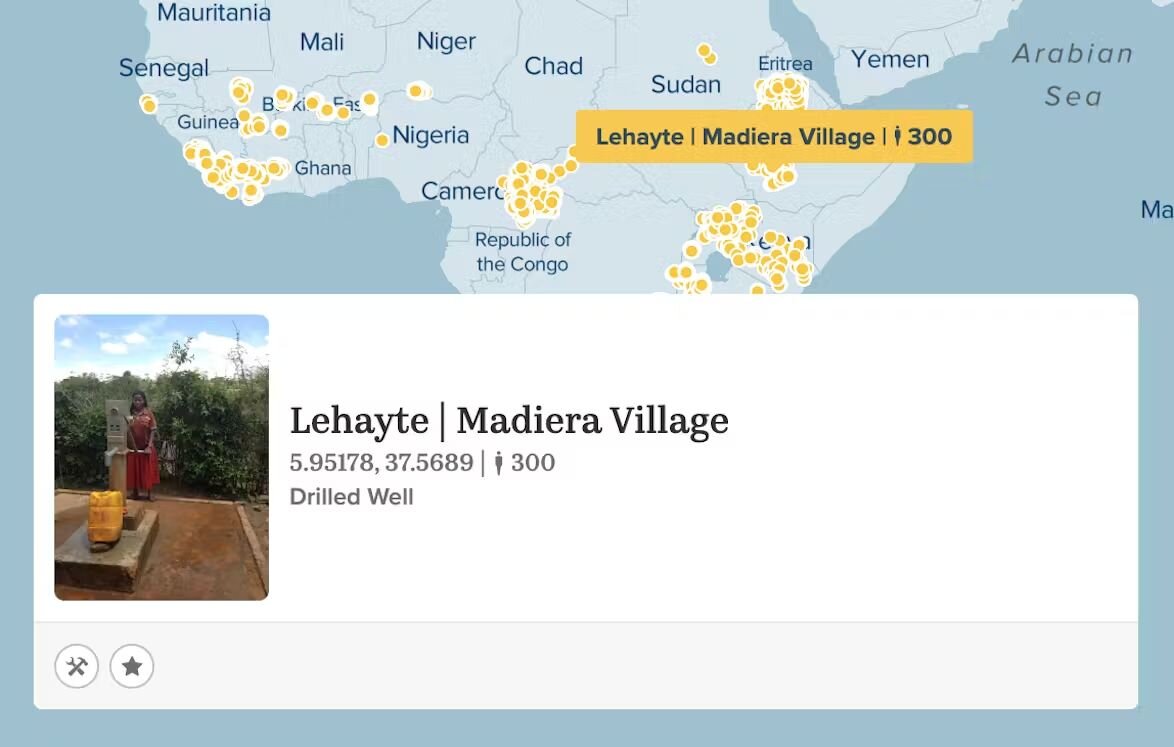
We prove every project
Once completed, you'll receive a customized Impact Report, which will include project photos, GPS coordinates, and specific information about the difference you've made. Your virtual recognition will be featured on our Completed Projects Map.
See Proof
Featured programs
charity: water has funded projects in 29 countries worldwide. The featured four highlight the variety of solutions, programs, and costs across our portfolio.

India

Malawi
Nepal
Uganda
India
India is the seventh-largest country by land area and the second-most populous in the world. Although the national government is committed to improving sanitation and water access, their ambitious goals need outside partnerships to create widespread change. Our local partners are supporting these efforts.
Meet a local partner
We began working with Gram Vikas in 2008. After a 4-year pause due to a capacity-building period at Gram Vikas, we resumed our partnership in 2018. Gram Vikas specializes in piped water systems in the state of Odisha, where access to improved water and sanitation services remains low. While they are a social-technical partner to the government, they are fully funded by humanitarian organizations.
We’re funding piped systems with household tap stands in India.

Frequently asked questions
How does charity: water determine the cost of sponsoring a project?
How do you choose which communities will receive a water project?
How do you choose your local partners?
Is the community involved in building a charity: water project?
How long do water projects last?
Can I visit the project I sponsored?
TALK TO A
Team member
If you have additional questions, please reach out. We’d love to tell you more about Water Project Sponsorship opportunities.
Giving as
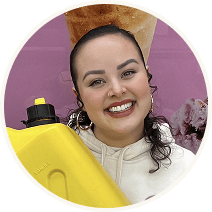
An individual or family?
Email Maria
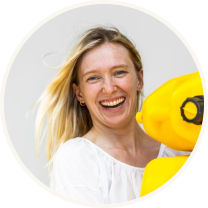
A business or corporate foundation?
Email Ashley
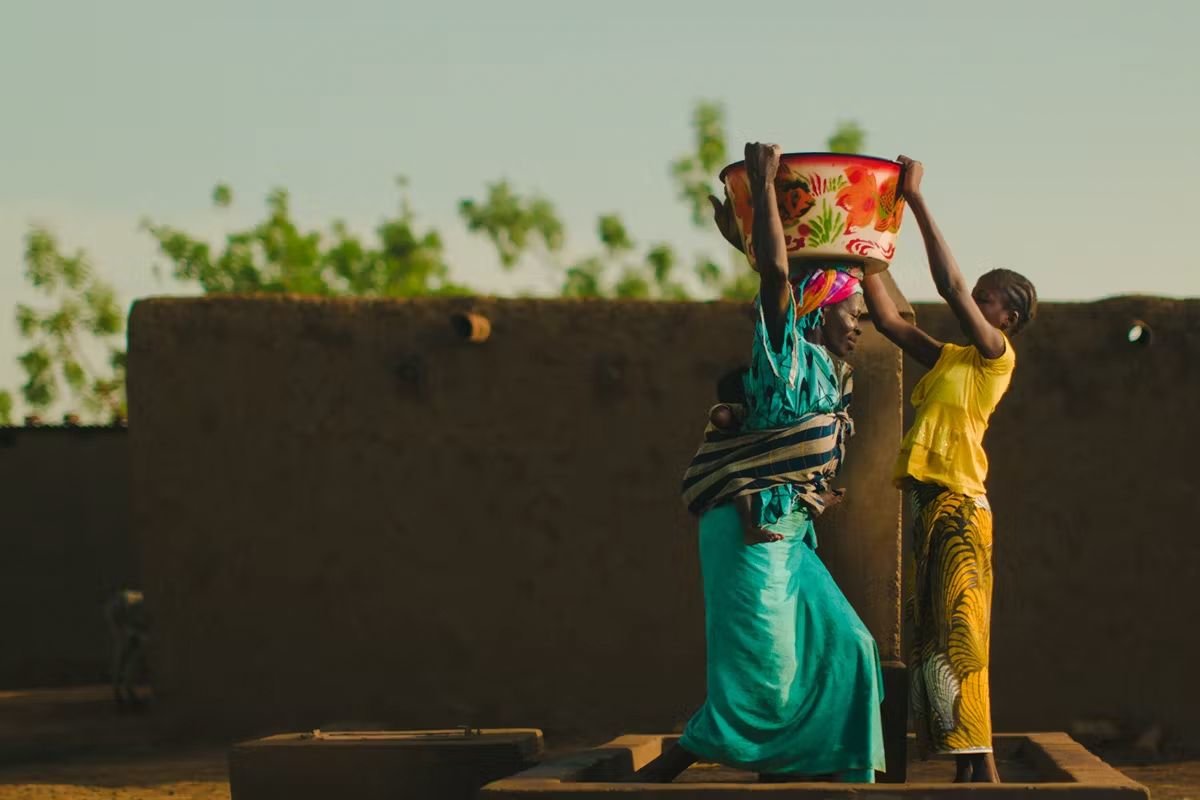
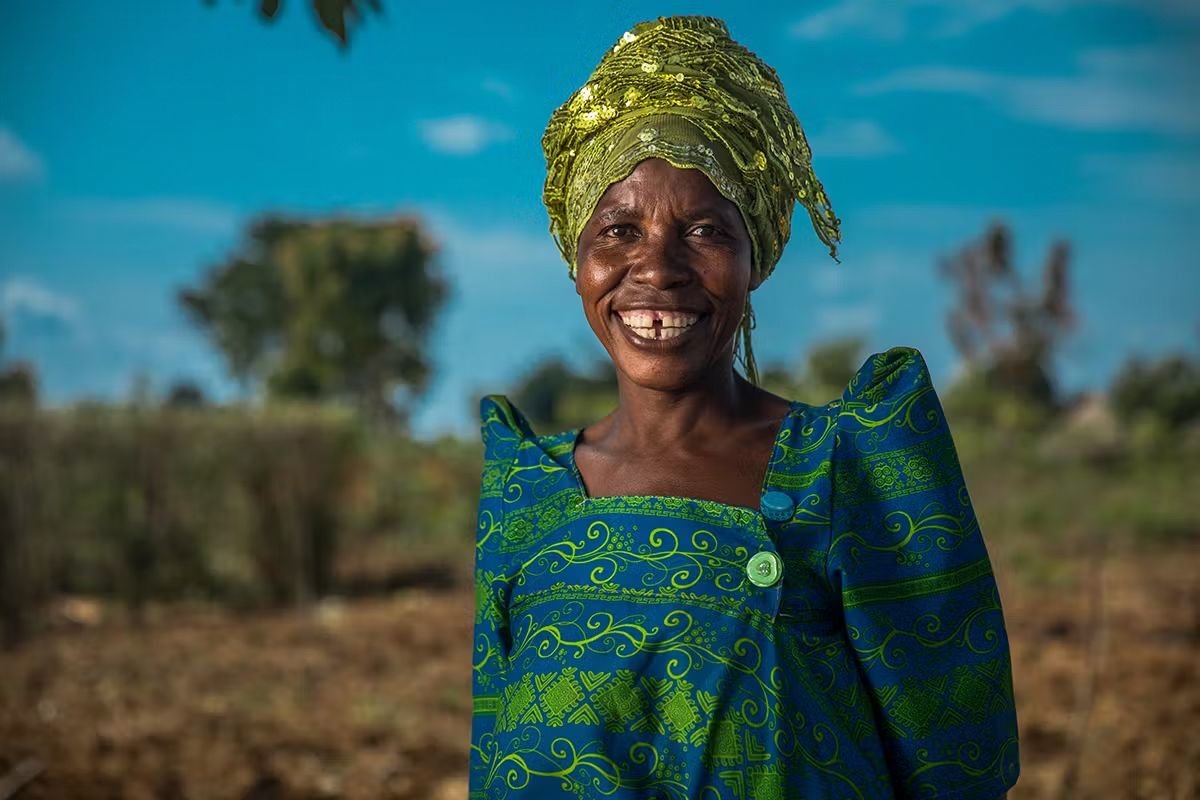
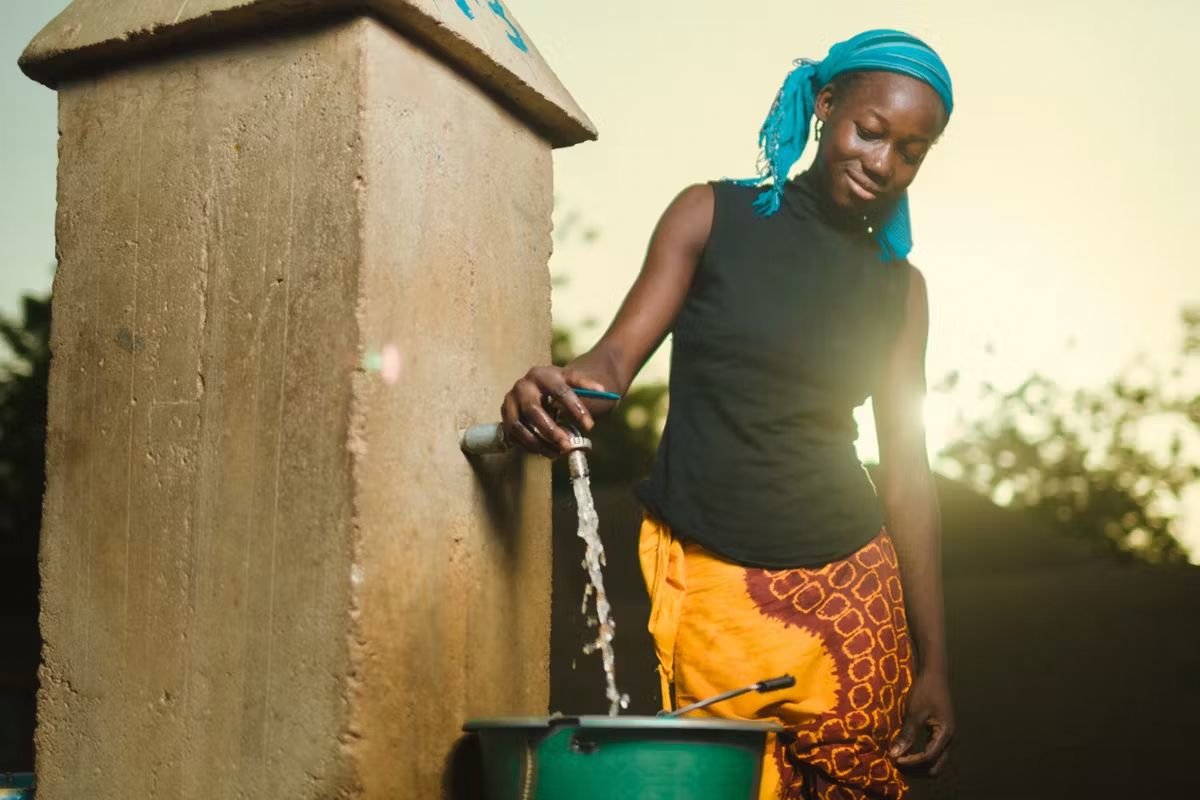
Ready to change everything?
When a community, school, or health clinic receives access to clean water, everything changes. Health improves. Girls don’t miss school. Parents have time to earn extra income.
It is truly one of the best investments you can make. We hope you’ll make it with us.
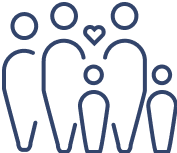
Interested in making clean water part of your lasting legacy? Learn more about The Tributary

